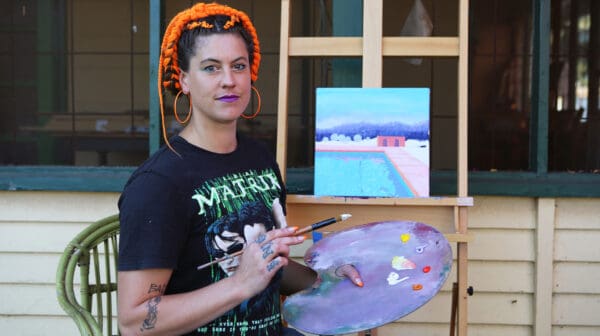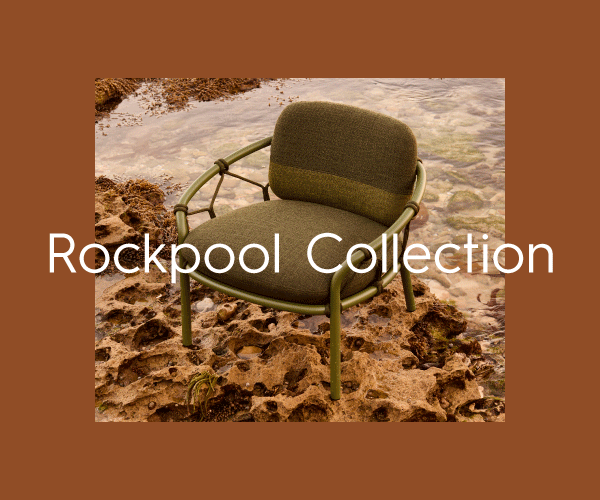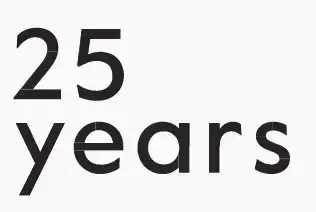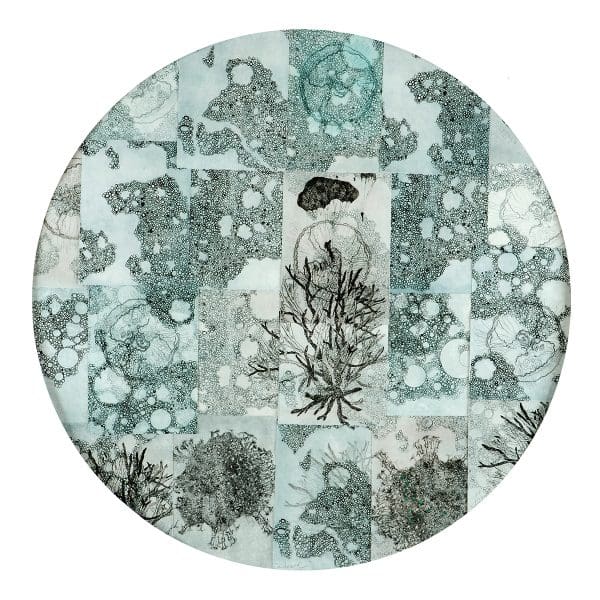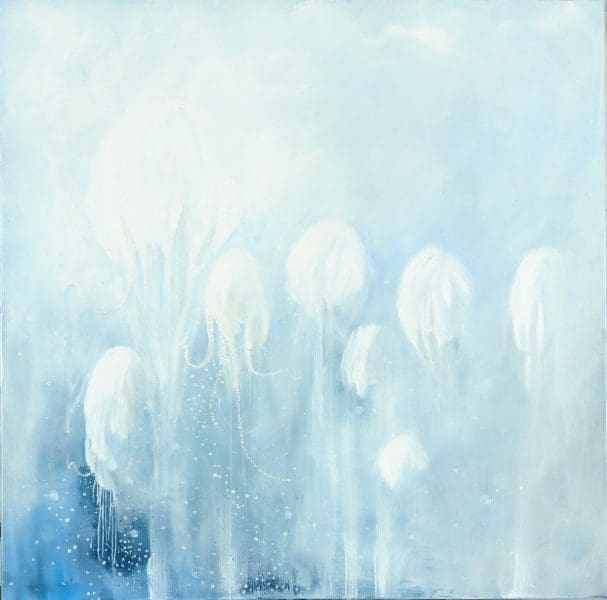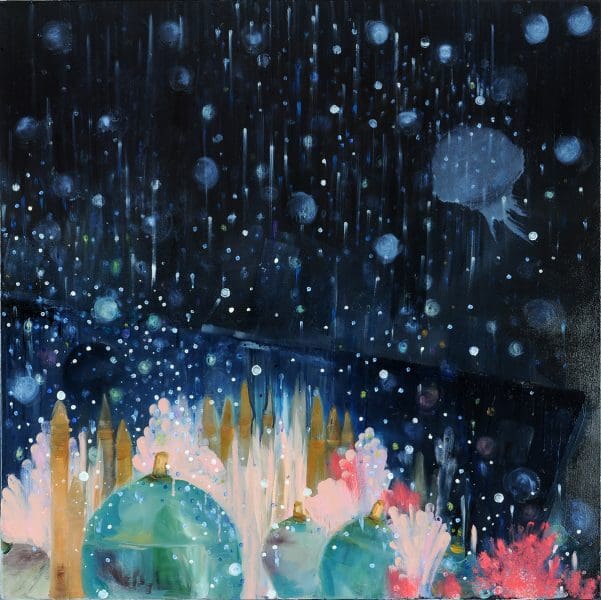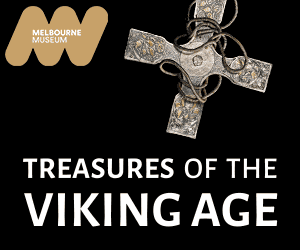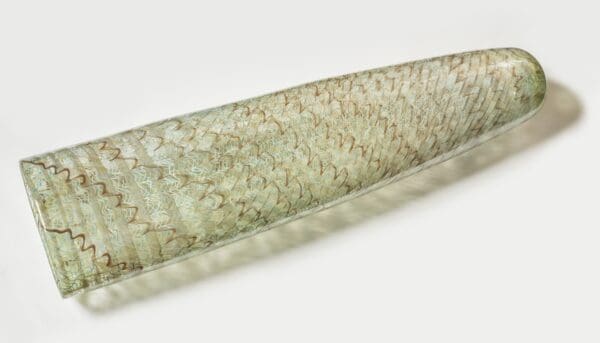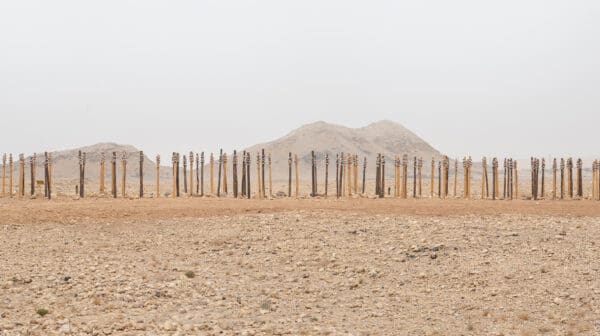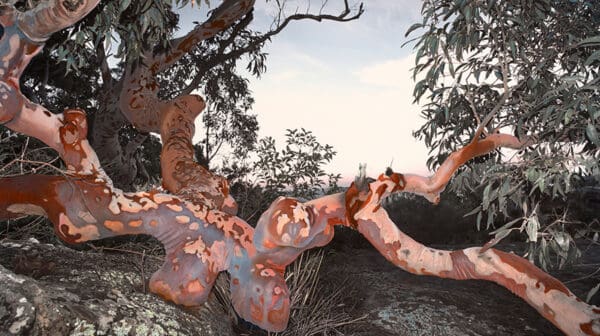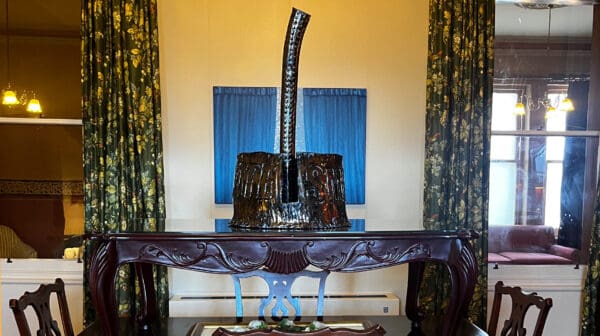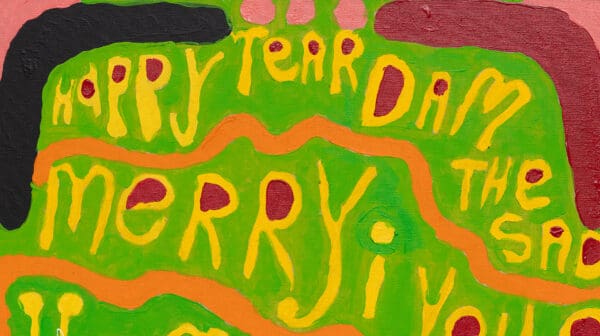Lisa Sewards’s interest in parachutes stems from family lore. Her mother, who spent several childhood years in a European refugee camp, related a memory from that time of finding a silk parachute left over from the war. Its silk fabric was turned into ribbons for her hair.
“There are really limited photos of her when she was a child,” Sewards says, “but there is one with these ribbons.”
In 2012, with this story in mind, Sewards began sourcing World War II parachutes from military traders. These hang in her studio like dangling ghosts, their imagery making its way again and again into her etchings and paintings.
New exhibition Thousand kisses deep continues this exploration, but dives beneath the ocean into the Chuuk Lagoon (previously Truk Lagoon) in Micronesia: the location of Operation Hailstone in World War II and the “resting place for hundreds of sunken vessels, aircrafts and their ghosts.”
Fractured and scarred by bombing, the reef has healed over time and its battle has receded into history.
Glowing corals as well as medusozoa – jellyfish whose shapes clearly resemble parachutes, inhabit Chuuk Lagoon. In Sewards’s work, these merge into ‘para-jellies’ – suspended in the still water, their ambiguous forms “reference the underwater time capsule that’s there at the moment,” as Sewards puts it.
A key installation, The Fractured Lagoons, will see an installation of small silk parachutes – used by pilots to release the full-size chutes – hung in front of a full wall of etchings. Glowing softly blue, these intricate etchings describe coral forms, providing an eerie, still backdrop to the suspended parachute bodies.
Thousand kisses deep layers history and natural forms in a compelling, poetic reimagining of the underwater landscape.
